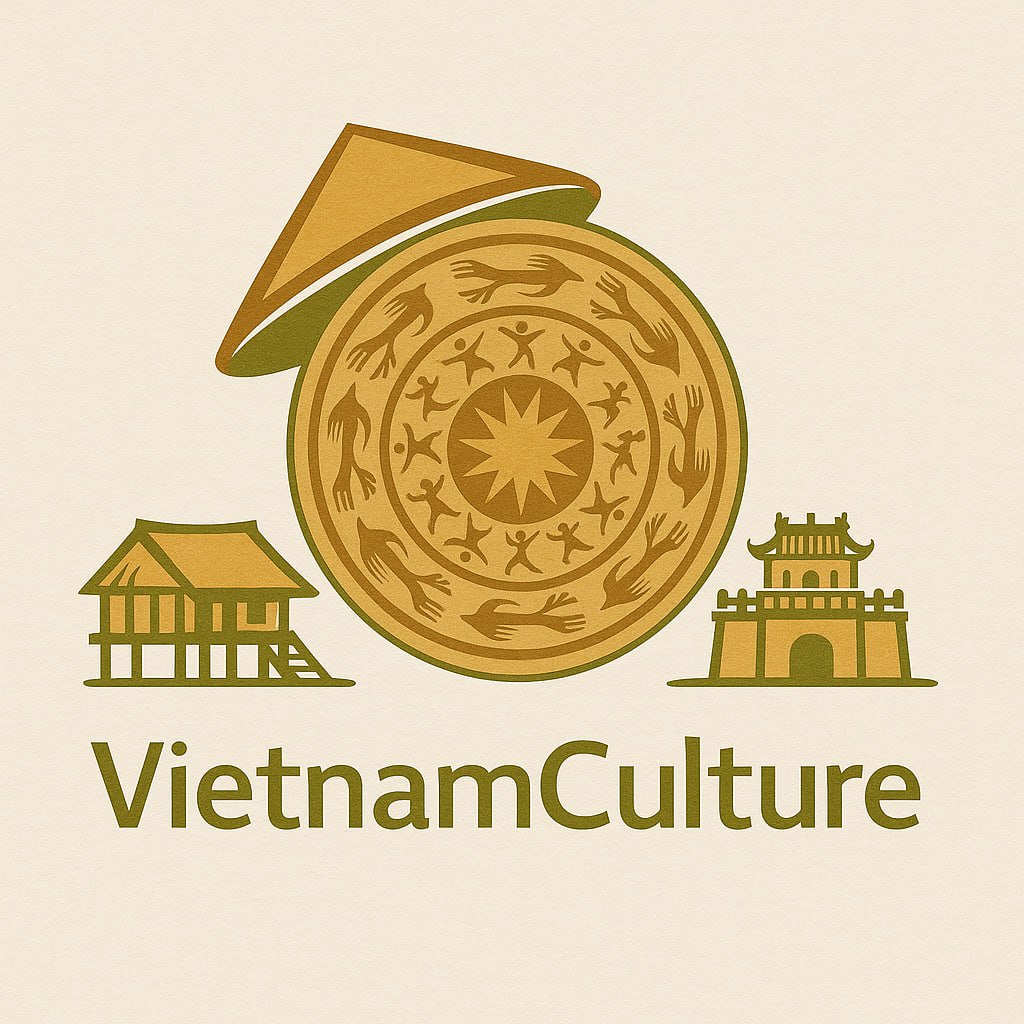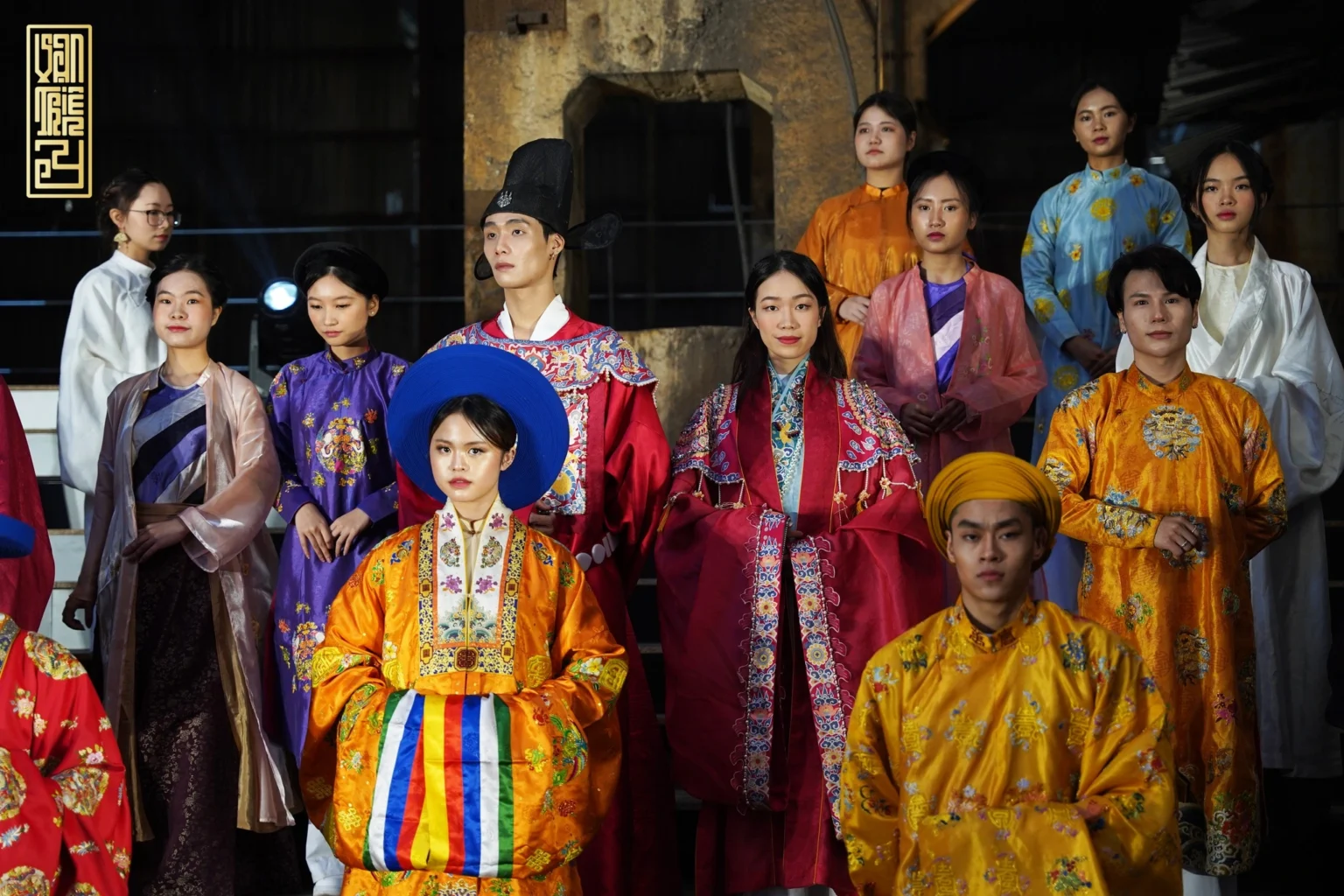Vietnamese traditional clothing is more than just attire—it is a living legacy of a rich cultural history that spans thousands of years. From the iconic áo dài worn by women across the country, to the colorful costumes of Vietnam’s 54 ethnic groups, traditional garments reflect the social values, historical development, regional diversity, and aesthetic principles of the Vietnamese people.
In this comprehensive guide, we’ll explore the different types of Vietnamese traditional clothing, their origins, cultural meanings, and how they continue to influence modern Vietnamese fashion today.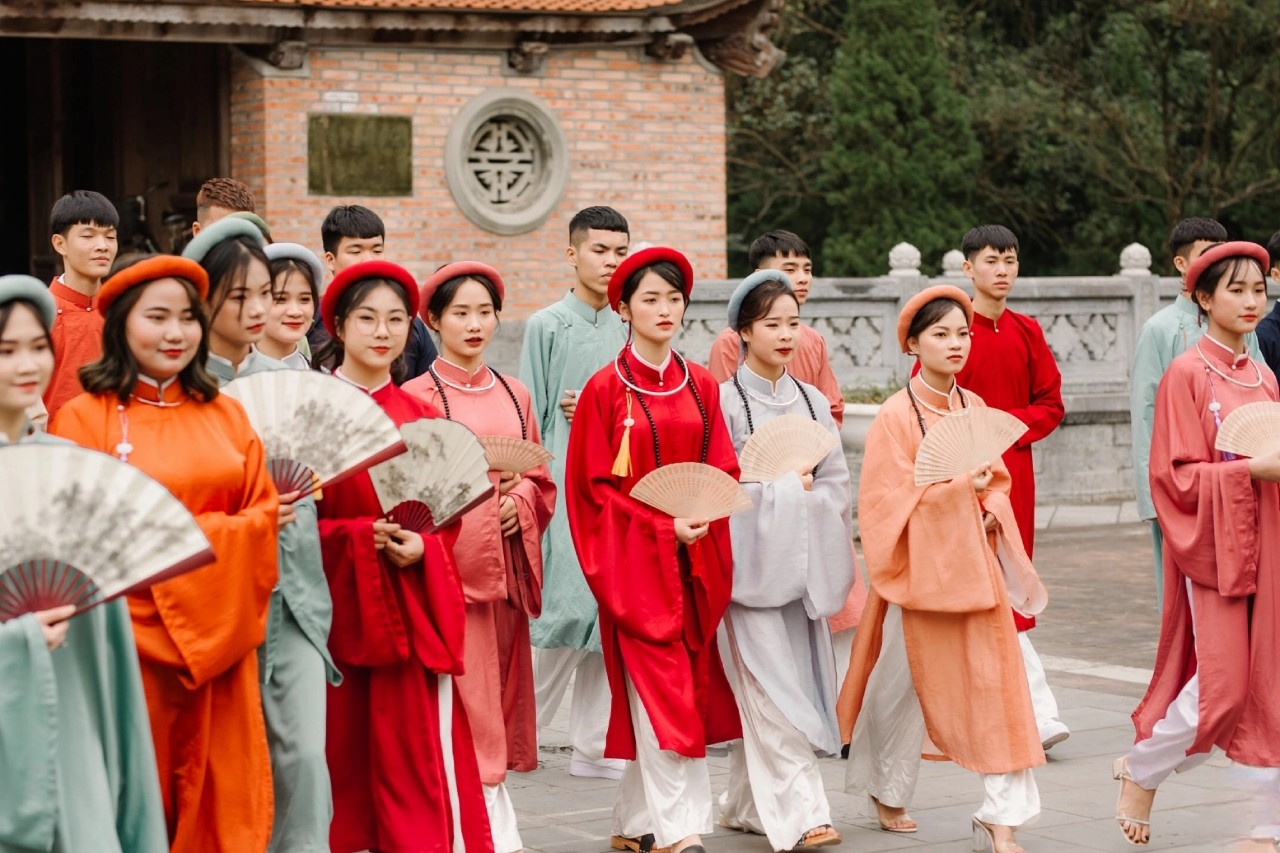
The Cultural Significance of Vietnamese Traditional Clothing
Clothing in Vietnam is a vital form of expression. Traditional outfits are not only designed for aesthetic beauty, but also carry deep cultural symbolism. They often represent:
- Respect for ancestors and national pride
- Social status and community affiliation
- The harmony between humans and nature
- Modesty, elegance, and femininity (especially in women’s clothing)
Over the centuries, Vietnamese clothing has evolved, yet traditional garments have managed to maintain their unique charm and cultural importance, especially during festivals, weddings, national holidays, and diplomatic occasions.
1. Áo Dài – The Icon of Vietnamese Beauty and Grace
Origins and Evolution
The áo dài is arguably the most recognized symbol of Vietnamese traditional clothing. While its earliest form can be traced back to the Nguyễn dynasty in the 18th century, the áo dài as we know it today became standardized in the 20th century with a more modern, body-hugging silhouette.
Design Features
- Composed of a long, split tunic worn over pants.
- High mandarin collar, long sleeves, and a tailored fit.
- Materials used include silk, brocade, and modern fabrics like lace or chiffon.
- Variations include the schoolgirl white áo dài, bridal áo dài in red or gold, and designer adaptations for fashion shows.
Symbolism and Usage
- Represents Vietnamese femininity, elegance, and modesty.
- Worn by women of all ages during Tet (Vietnamese New Year), weddings, graduation ceremonies, and formal events.
- In recent years, áo dài has also become a diplomatic uniform worn by female ambassadors and airline staff.
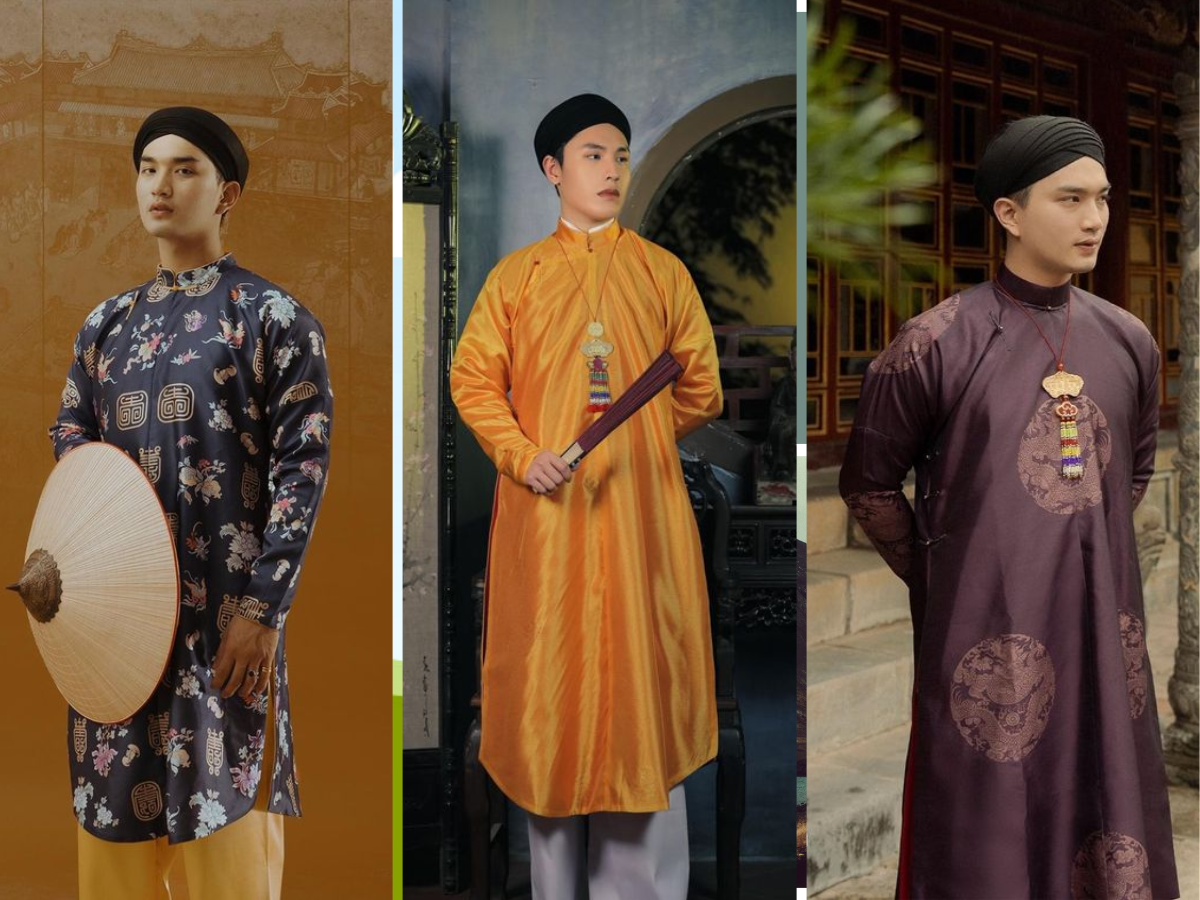
2. Áo Tứ Thân – Northern Vietnam’s Quintessential Folk Dress
Before the rise of áo dài, the áo tứ thân was the dominant traditional dress for women in Northern Vietnam, especially among peasants and working-class women.
Design and Elements
- The name translates to “four-part dress,” referring to the two front and two back flaps.
- Worn with a long skirt (váy đụp), a colorful silk sash (thắt lưng), and a bodice (yếm).
- Often paired with the iconic nón quai thao—a flat palm-leaf hat with silk straps.
Cultural Role
Áo tứ thân reflects the beauty of rural life and symbolizes traditional values such as filial piety and diligence. It is now mostly seen during cultural festivals, traditional music performances (like hát quan họ), and heritage days.
3. Áo Bà Ba – The Heart of Southern Vietnamese Culture
Function Meets Elegance
The áo bà ba is a simple, practical, and comfortable outfit traditionally worn by both men and women in the Mekong Delta and other Southern regions.
Style Description
- A two-piece outfit: a long-sleeved button-down shirt and loose-fitting trousers.
- Made from soft, breathable fabrics like cotton or silk.
- Often in muted colors such as brown, black, or navy—reflecting the earthy life of farmers and fishermen.
Modern Interpretation
Though once considered rural attire, the áo bà ba has seen a revival in contemporary fashion, especially in Vietnamese cinema, tourism promotions, and Southern-style festivals.
4. Áo Chàm – The Deep Indigo Hues of Northern Ethnic Minorities
Among the ethnic minorities of Northern Vietnam—particularly the Tày, Nùng, and Thái communities—the áo chàm is a distinctive traditional outfit known for its dark indigo color.
Key Features
- Naturally dyed with indigo plants.
- Simple tunic or jacket paired with a skirt or trousers.
- Often adorned with handwoven sashes, silver jewelry, or subtle embroidered accents.
Cultural Value
Áo chàm represents more than aesthetics—it encapsulates the wisdom of plant-based dyeing techniques and respect for the land. It’s still worn in villages today, especially by elders or during traditional ceremonies.
5. Traditional Clothing of Vietnam’s Ethnic Groups
Vietnam is home to a stunning variety of traditional outfits, thanks to its 54 recognized ethnic groups. Each group possesses a distinctive dress style shaped by its history, geography, and cultural practices.
5.1. The Cham People
- Men wear a wrapped cloth or sarong-style lower garment with cross-body shirts.
- Women don long tunics with high collars and matching scarves, often elaborately embroidered.
Cham clothing displays the influence of Hindu and Islamic traditions, especially in its modesty and symbolism.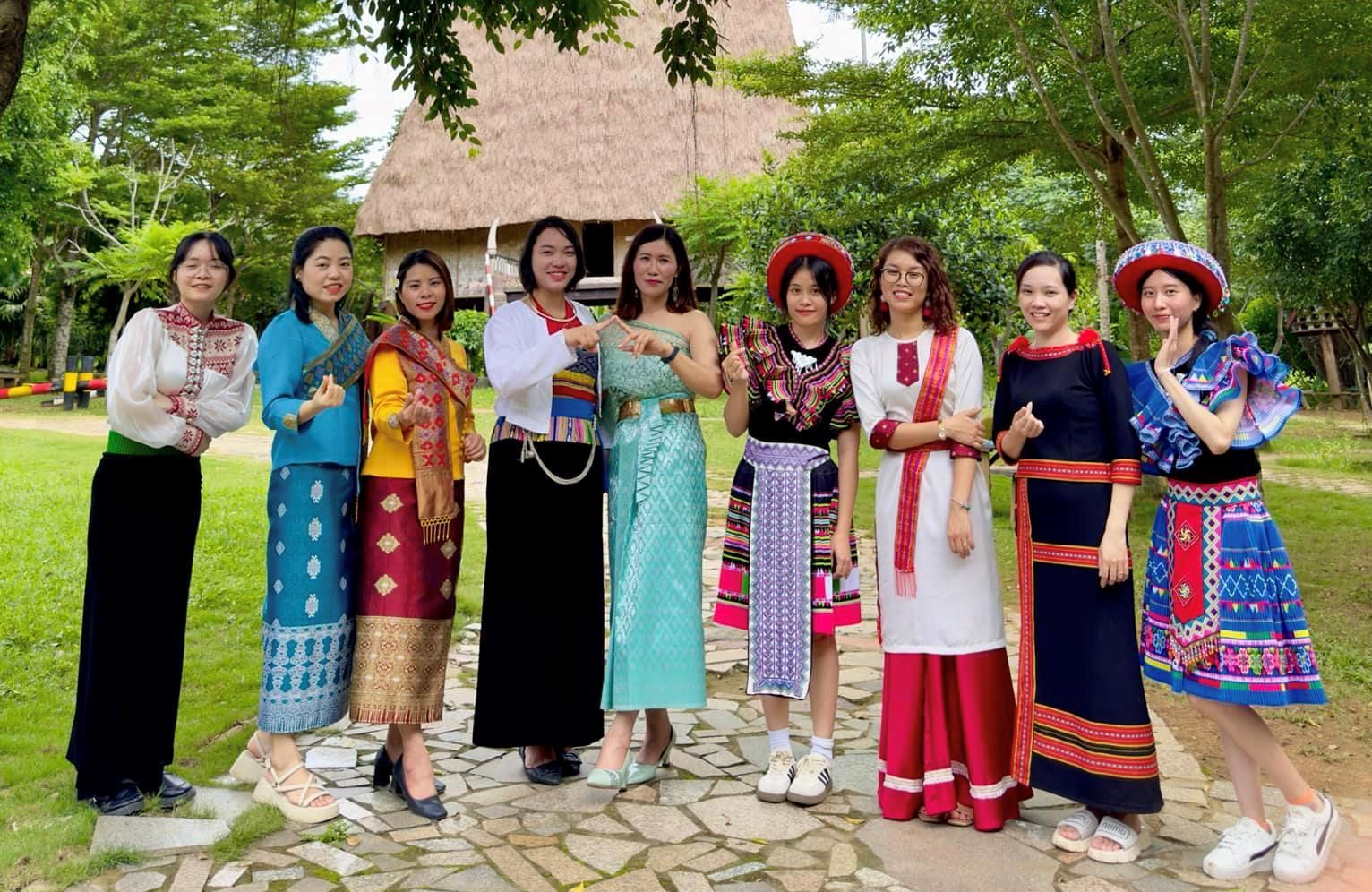
5.2. The H’mông Community
- Known for their brightly colored skirts, batik patterns, and intricate embroidery.
- Outfits include long-sleeved jackets, pleated skirts, leg wraps, and headdresses.
- Each subgroup (White H’mông, Flower H’mông, Black H’mông) has its own color palette and pattern.
H’mông clothing is handmade from hemp and dyed with natural indigo—demonstrating sustainability and artisan skill.
5.3. The Mường People
- Men wear plain tunics and trousers with fabric sashes.
- Women wear long black skirts and fitted blouses with silver brooches and decorative belts.
The traditional attire of the Mường people is elegant and deeply tied to their social hierarchy and ritual practices.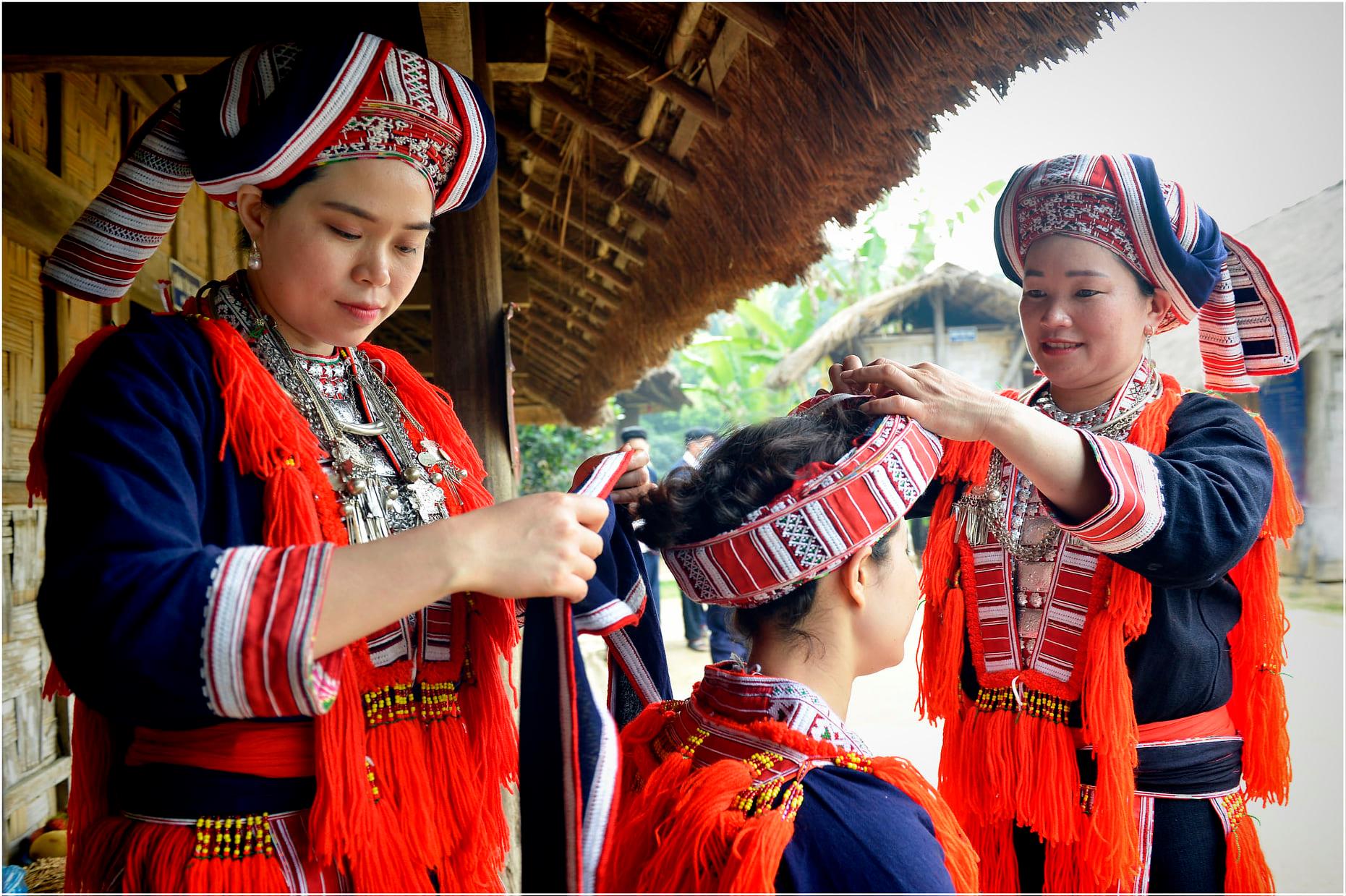
6. The Role of Traditional Clothing in Modern Vietnamese Society
Despite the global influence of Western-style clothing, Vietnamese traditional clothing continues to thrive in many aspects of society:
Education and Identity
- Many high school girls wear white áo dài as uniforms.
- University ceremonies and teacher appreciation days often feature áo dài performances or competitions.
Festivals and Ceremonies
- Traditional clothing is essential for Lunar New Year, ancestor worship, weddings, and harvest festivals.
- Ethnic groups wear their specific outfits with pride during community celebrations and national holidays.
Cultural Preservation and Tourism
- Museums and heritage villages across Vietnam preserve and showcase traditional clothing.
- Craft villages specialize in weaving, embroidery, and natural dyeing—offering authentic experiences for tourists.
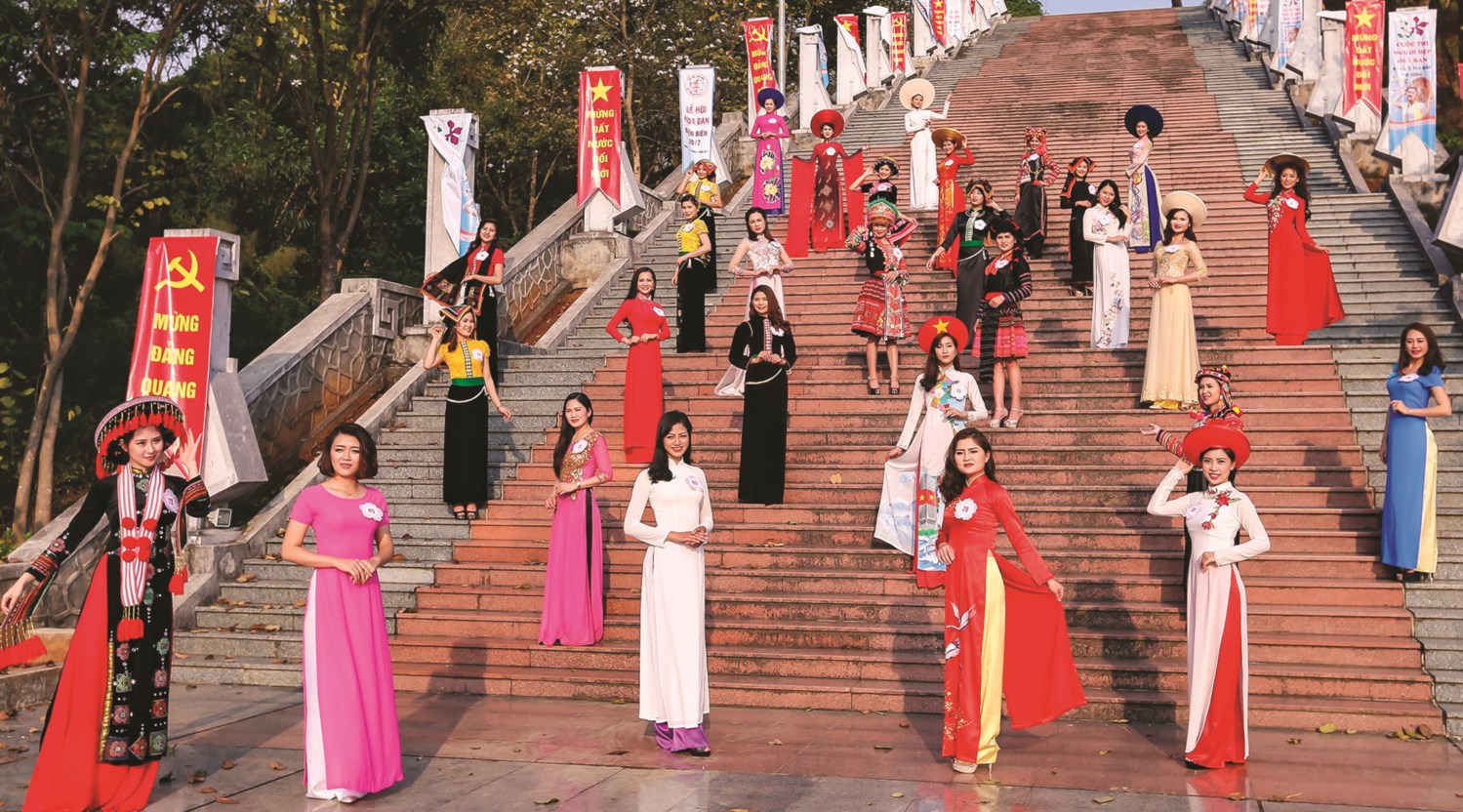
7. How Designers are Reviving Vietnamese Traditional Clothing
Vietnam’s contemporary designers are merging traditional silhouettes with modern aesthetics, breathing new life into heritage clothing. Popular trends include:
- Áo dài cách tân: Modernized versions of the áo dài with shorter hems, puff sleeves, or trendy fabrics.
- Fusion fashion: Mixing elements of traditional clothing with Western designs, seen in runway shows and international fashion weeks.
- Eco-fashion: Reviving traditional dyeing and weaving techniques with a focus on sustainability.
These innovations allow the younger generation to reconnect with cultural roots while embracing fashion-forward lifestyles.
8. Vietnamese Traditional Clothing and Global Recognition
Vietnamese traditional outfits, especially the áo dài, have gained international attention through:
- Film and music: Vietnamese artists often wear traditional clothing in music videos, movies, and on international red carpets.
- Cultural exchange programs: Áo dài is regularly showcased in cultural diplomacy events.
- Fashion exhibitions: Designers such as Võ Việt Chung and Thủy Nguyễn have introduced Vietnamese styles to global audiences.
As a result, Vietnamese traditional clothing is not only a symbol of cultural identity but also a soft-power tool for the nation’s image abroad.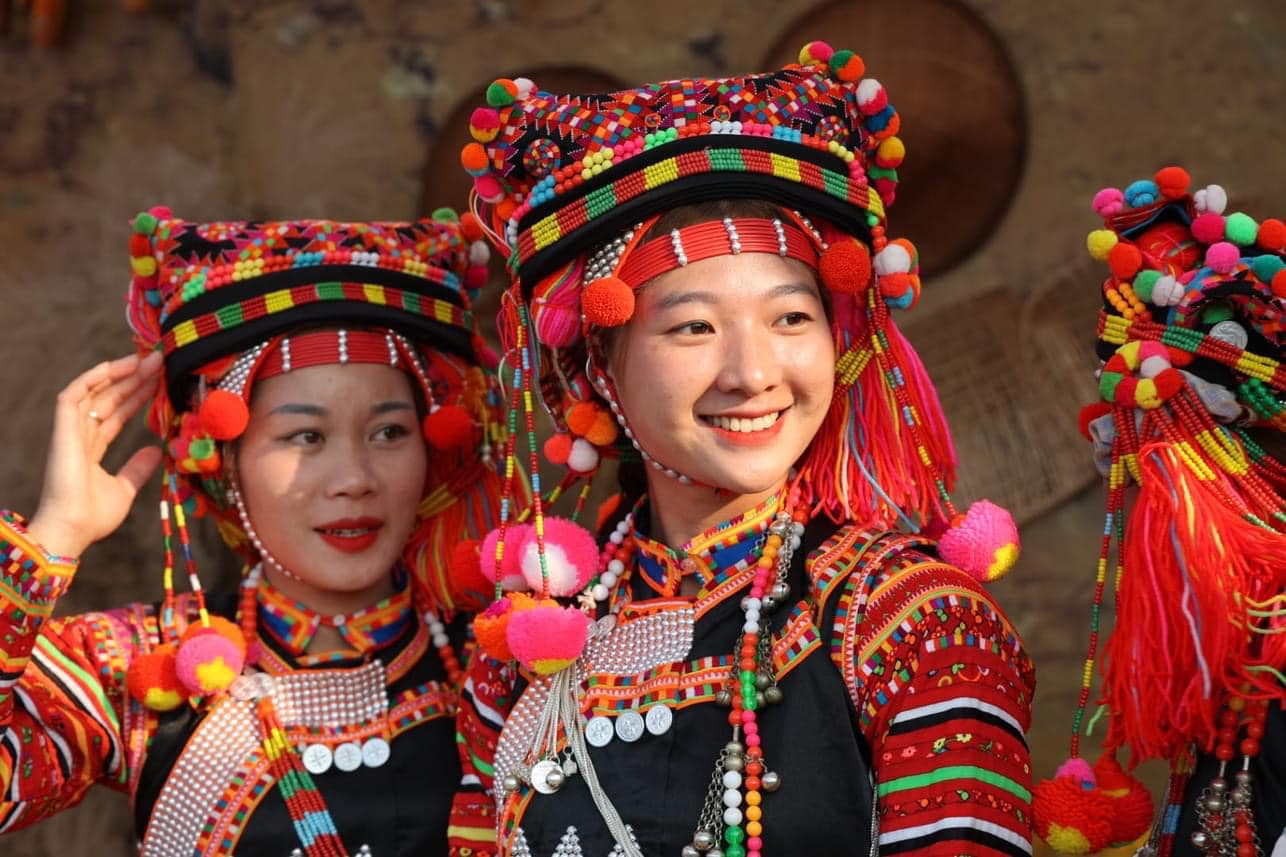
Frequently Asked Questions
What is the national dress of Vietnam?
The áo dài is considered Vietnam’s national dress, especially for women. It’s worn during important ceremonies, weddings, festivals, and formal gatherings.
Do Vietnamese men have traditional clothing?
Yes, historically, men wore áo dài with a khăn đóng (traditional turban) or variations depending on ethnic group and class. Today, traditional attire is mostly worn during special cultural events.
Can visitors wear Vietnamese traditional clothing?
Absolutely. Many tourists rent or purchase áo dài or ethnic costumes for photoshoots and festivals. It is seen as a sign of cultural appreciation when worn respectfully.
Conclusion: Why Vietnamese Traditional Clothing Matters
Vietnamese traditional clothing is a mirror reflecting the country’s soul—a blend of history, spirituality, craftsmanship, and beauty. From the gentle curves of the áo dài to the vibrant energy of H’mông embroidery, these garments preserve Vietnam’s collective memory and identity.
In a rapidly changing world, honoring traditional clothing is a powerful way to stay connected to our roots, foster cultural appreciation, and inspire creativity for generations to come with Vietnam Travel.
See more post: Vietnam street food: A delicious journey through the heart of Vietnamese culture
